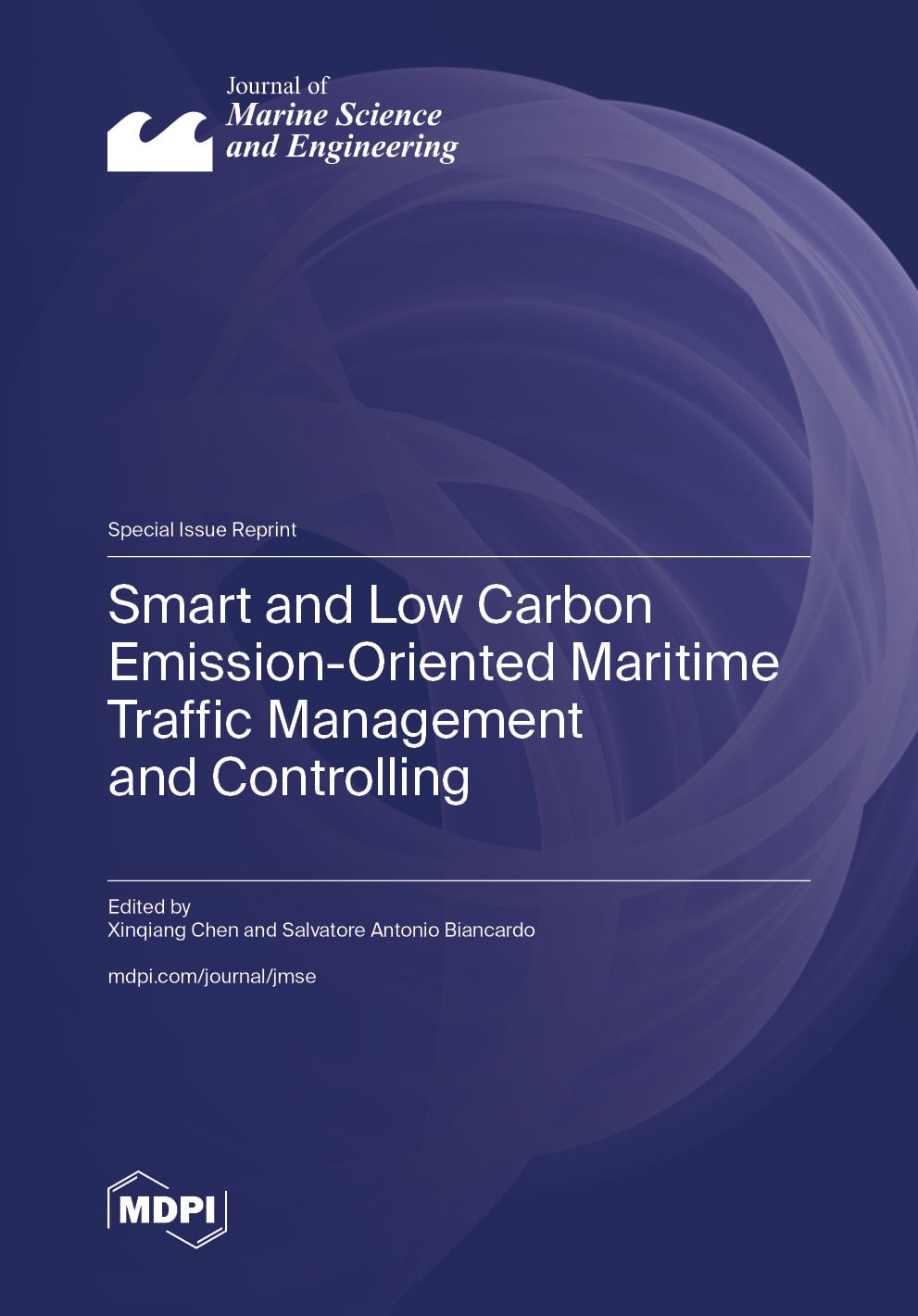- 2.8Impact Factor
- 5.0CiteScore
- 17 daysTime to First Decision
Journal of Marine Science and Engineering
Journal of Marine Science and Engineering is an international, peer-reviewed, open access journal on marine science and engineering, published semimonthly online by MDPI.
The Australia New Zealand Marine Biotechnology Society (ANZMBS) is affiliated with JMSE and its members receive discounts on the article processing charges.
Quartile Ranking JCR - Q2 (Engineering, Marine | Engineering, Ocean | Oceanography)
All Articles
News & Conferences
Issues
Open for Submission
Editor's Choice
Reprints of Collections

Reprint
Wave/Current–Structure–Seabed Interactions around Offshore Foundations
Editors: Wengang Qi, Shengjie Rui, Zhen Guo

Reprint
Smart and Low Carbon Emission-Oriented Maritime Traffic Management and Controlling
Editors: Xinqiang Chen, Salvatore Antonio Biancardo


